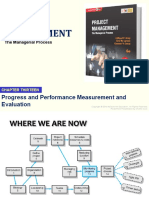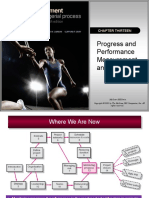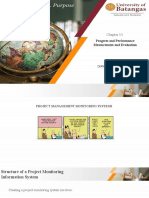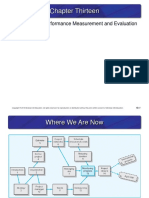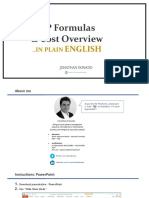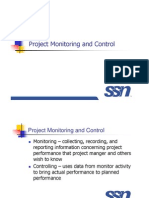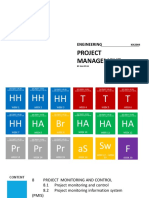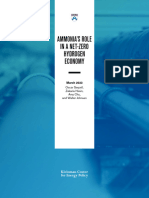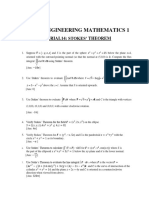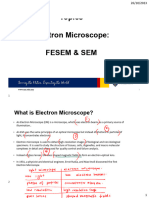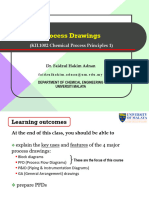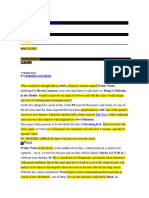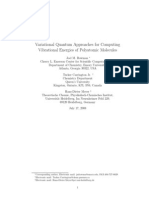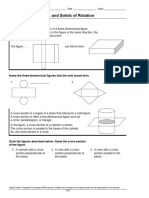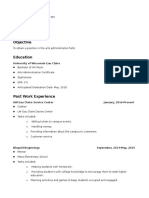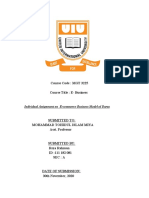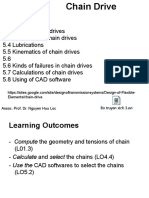0% found this document useful (0 votes)
23 views45 pagesWeek12B - Project Tracking and Control
The document outlines the structure and processes involved in project tracking and control, focusing on the creation of a project monitoring information system. It details the types of data to collect, methods of analysis, and reporting mechanisms, as well as the control process that compares actual performance against planned metrics. Additionally, it discusses the development of an earned value cost/schedule system to assess project performance and forecasting methods for estimating final project costs.
Uploaded by
haqeemifarhanCopyright
© © All Rights Reserved
We take content rights seriously. If you suspect this is your content, claim it here.
Available Formats
Download as PDF, TXT or read online on Scribd
0% found this document useful (0 votes)
23 views45 pagesWeek12B - Project Tracking and Control
The document outlines the structure and processes involved in project tracking and control, focusing on the creation of a project monitoring information system. It details the types of data to collect, methods of analysis, and reporting mechanisms, as well as the control process that compares actual performance against planned metrics. Additionally, it discusses the development of an earned value cost/schedule system to assess project performance and forecasting methods for estimating final project costs.
Uploaded by
haqeemifarhanCopyright
© © All Rights Reserved
We take content rights seriously. If you suspect this is your content, claim it here.
Available Formats
Download as PDF, TXT or read online on Scribd
/ 45
